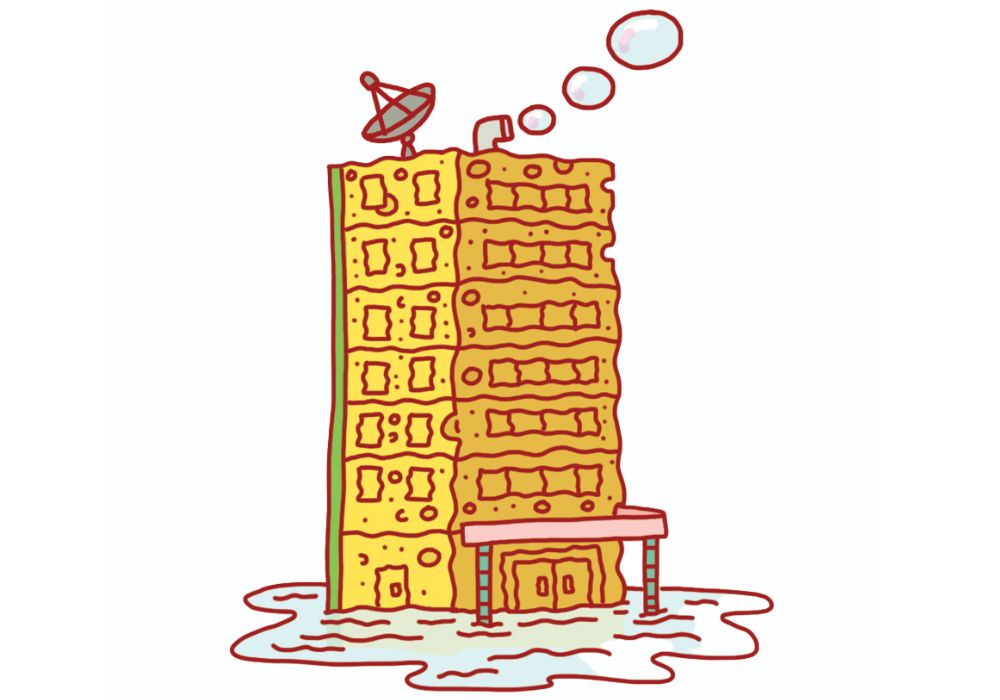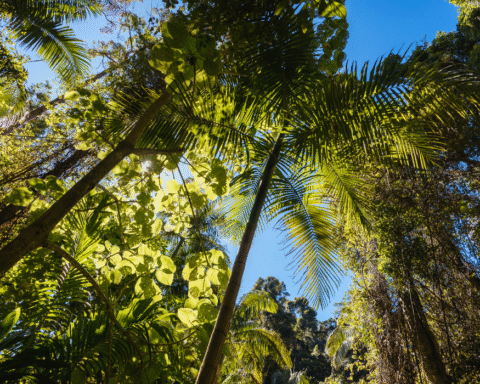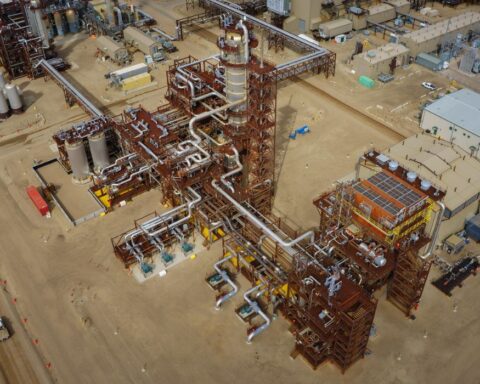From the hanging gardens of Babylon to the fountains of Versailles, landscape architecture was always an elite activity, creating ornamental gardens for palaces and princes. In the 1850s, New York’s Central Park popularized the idea that green spaces could benefit ordinary folks, too. Now we’re finally realizing that creative landscaping can also be a vital tool for designing better parks, neighbourhoods and cities, using natural elements such as plants, forests, ponds and wetlands to create greener, safer environments in the long battle against climate change.
The hero of this revolution: Beijing-based landscape architect Kongjian Yu, whose ideas have been implemented in more than 70 Chinese cities. Yu has pioneered the concept of “sponge cities” – urban landscapes designed to soak up stormwater, that would otherwise run off pavement and lead to devastating floods, while functioning as appealing natural spaces when they’re not busy saving lives and property.
For his decades of innovative city-rebuilding, Yu received the 2023 Oberlander Prize from Washington, D.C.’s Cultural Landscape Foundation. Named in honour of Cornelia Hahn Oberlander, a Vancouver-based landscape architect who was one of the first to sound the alarm on climate change, the prize includes US$100,000 and opportunities to amplify Yu’s work.
“He lives and breathes his conviction that landscape architecture is the discipline to lead effective responses to the climate crisis,” said foundation president Charles A. Birnbaum. Yu’s firm, Turenscape, has designed more than 2,000 projects around the world and inspired many more – including seven “sponge parks” in Montreal, which last fall decided to build 30 more, and Toronto’s billion-dollar Port Lands project, which has created a new river valley at the mouth of the Don River to prevent flooding.
Yu’s inspiration comes in part from memories of growing up in a village south of Shanghai. He recalls it as a paradise – before industrialization cut down the forests and polluted the mountain streams. By 2013, China had adopted Yu’s research on natural solutions and sponge cities as a “guiding theory” for ecological protection and restoration.
But sponges can hold back only so much water. Last summer, China suffered devastating floods that killed at least 80 and displaced hundreds of thousands. Experts believe sponge-city infrastructure can handle a maximum of 200 millimetres of rain per day. That’s twice the highest daily rainfall ever recorded in Toronto – but last July, parts of Beijing received 745 millimetres in just three and a half days. Yu says China – and the rest of the world – must move even faster to implement sponge cities. As he told Dezeen recently, “That is why I advocate Sponge Planet.”
This story is part of our Spring 2024 issue.







